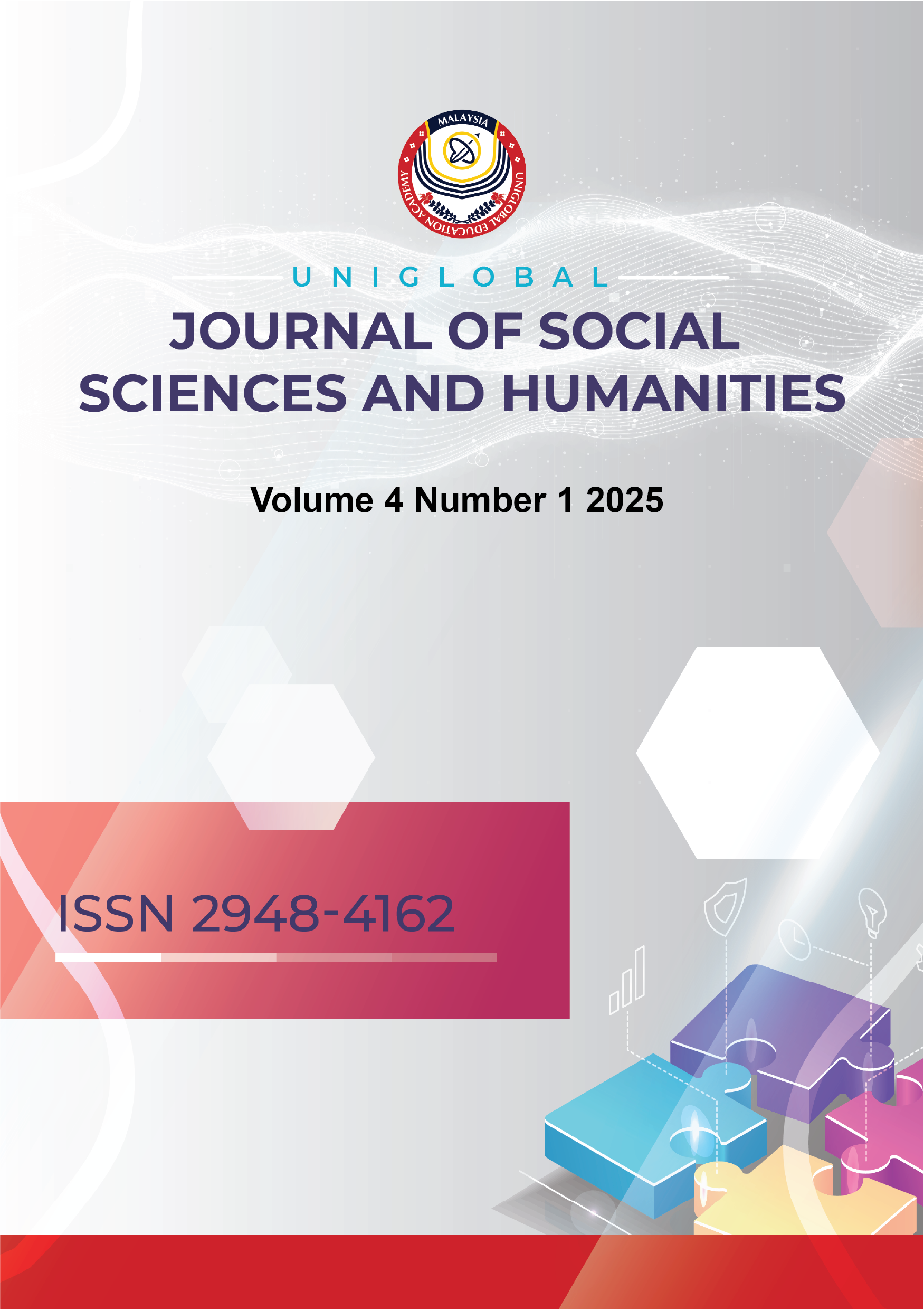Digital Learning and Social Inequality in China: Assessing the Barriers to Access and Engagement in Online Education
DOI:
https://doi.org/10.53797/ujssh.v4i1.23.2025Keywords:
Online education, Digital inequality, Socio-economic disparities, China, Digital literacyAbstract
This study investigates the barriers to access and engagement in online education in China, focusing on socio-economic and regional disparities. Employing a quantitative research design, data was collected from middle and high school students across urban and rural regions using a structured survey. The findings revealed significant differences in access to digital resources, digital literacy, and parental support, contributing to unequal educational opportunities. Urban students were more likely to have reliable internet, access to devices, and better parental assistance compared to their rural counterparts, who faced challenges such as limited internet connectivity, lack of technological resources, and lower digital literacy. The study highlights that these disparities perpetuate cycles of educational inequality and hinder social mobility, potentially affecting long-term academic and professional outcomes. Addressing these barriers requires a comprehensive approach that includes improving infrastructure, enhancing teacher training, and promoting digital literacy among students and parents. Policy interventions should aim for equitable access to resources, alongside community engagement initiatives to support families. This research provides critical insights for policymakers, educators, and educational institutions seeking to create a more inclusive educational environment and reduce the digital divide in China. Future studies should explore the long-term impacts of digital learning inequalities, evaluate the effectiveness of digital literacy programs, and examine the psychological effects on students’ motivation and well-being. By addressing these challenges, China can take significant steps toward ensuring educational equity and fostering a skilled workforce prepared for the demands of the 21st century.
References
Avanesian, G., Mizunoya, S., & Amaro, D. (2021). How many students could continue learning during COVID-19-caused school closures? Introducing a new reachability indicator for measuring equity of remote learning. International Journal of Educational Development, 84, 102421. https://doi.org/10.1016/j.ijedudev.2021.102421
Brown, P., Sadik, S., & Xu, J. (2021). Higher education, graduate talent and the prospects for social mobility in China’s innovation nation. International Journal of Educational Research, 109, 101841. https://doi.org/10.1016/j.ijer.2021.101841
Chen, A. X. (2024). Exploring parental perspectives and engagement in shared reading with digital books: A comparison of urban and rural Chinese families during the Covid-19 pandemic. International Journal of Educational Research, 127, 102394.
Hsieh, C.-C. (2020). Internationalization of higher education in the crucible: Linking national identity and policy in the age of globalization. International Journal of Educational Development, 78, 102245. https://doi.org/10.1016/j.ijedudev.2020.102245
Jacob, W. J., Mok, K. H., Cheng, S. Y., & Xiong, W. (2018). Changes in Chinese higher education: Financial trends in China, Hong Kong and Taiwan. International Journal of Educational Development, 58, 64–85. https://doi.org/10.1016/j.ijedudev.2017.03.006
Jia, Q., & Ericson, D. P. (2017). Equity and Access to Higher Education in China: Lessons from Hunan Province for University Admissions Policy. International Journal of Educational Development, 52, 97–110. https://doi.org/10.1016/j.ijedudev.2016.10.011
O’Dowd, R. (2021). What do students learn in virtual exchange? A qualitative content analysis of learning outcomes across multiple exchanges. International Journal of Educational Research, 109, 101804. https://doi.org/10.1016/j.ijer.2021.101804
Oleksiyenko, A. V., & Ros, V. (2022). Human agency and legacy-innovation tensions in the internationalization of higher education: Re-orientations managed by internationally-educated scholars of Central Asia. International Journal of Educational Development, 97, 102716–102716. https://doi.org/10.1016/j.ijedudev.2022.102716
Shafiq, M., & Parveen, K. (2023). Social media usage: Analyzing its effect on academic performance and engagement of higher education students. International Journal of Educational Development, 98, 102738. https://doi.org/10.1016/j.ijedudev.2023.102738
Wang, H. (2024). Lifelong learning in rural communities in China and its impact on adult subjective well-being. International Journal of Educational Research, 129, 102496. https://doi.org/10.1016/j.ijer.2024.102496
Wang, L., & M. Obaidul Hamid. (2024). The transformation of neoliberalism: A critical analysis of shadow education governance policy in China. International Journal of Educational Research, 127, 102422–102422. https://doi.org/10.1016/j.ijer.2024.102422
Xiao, J., & Liu, Z. (2014). Inequalities in the financing of compulsory education in China: A comparative study of Gansu and Jiangsu Provinces with spatial analysis. International Journal of Educational Development, 39, 250–263. https://doi.org/10.1016/j.ijedudev.2014.05.004
Downloads
Published
How to Cite
Issue
Section
License
Copyright (c) 2025 Bo Bi, Nadiah Ishak

This work is licensed under a Creative Commons Attribution-NonCommercial-ShareAlike 4.0 International License.



